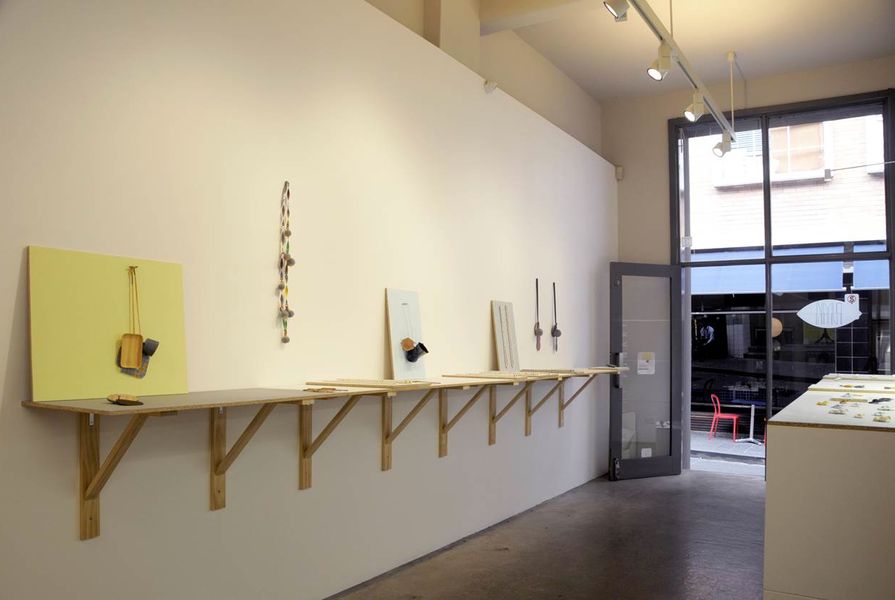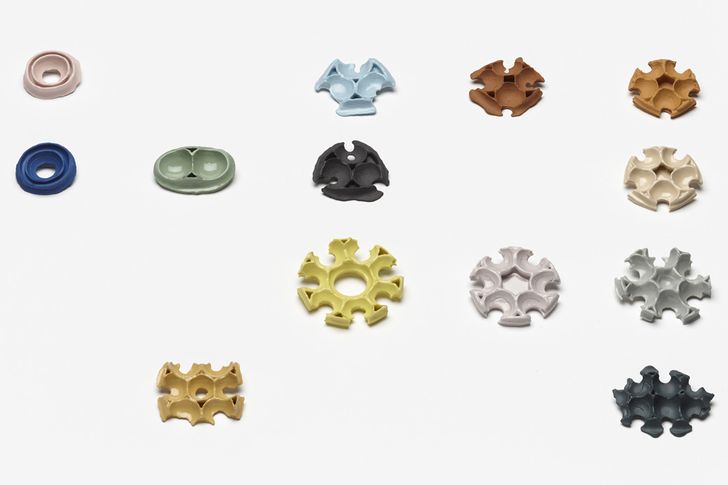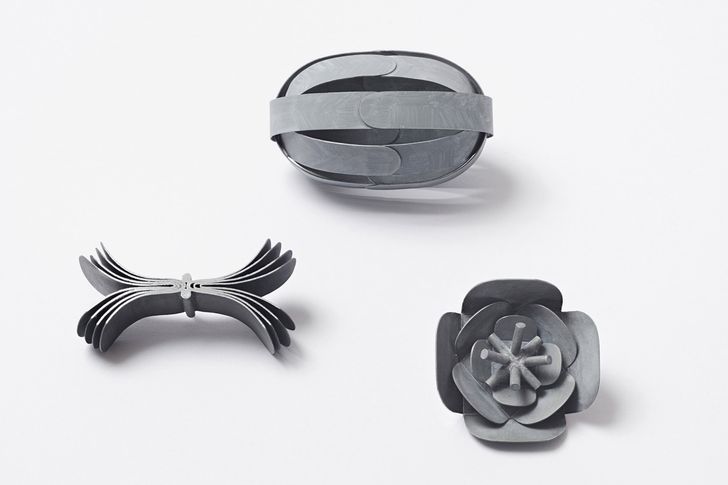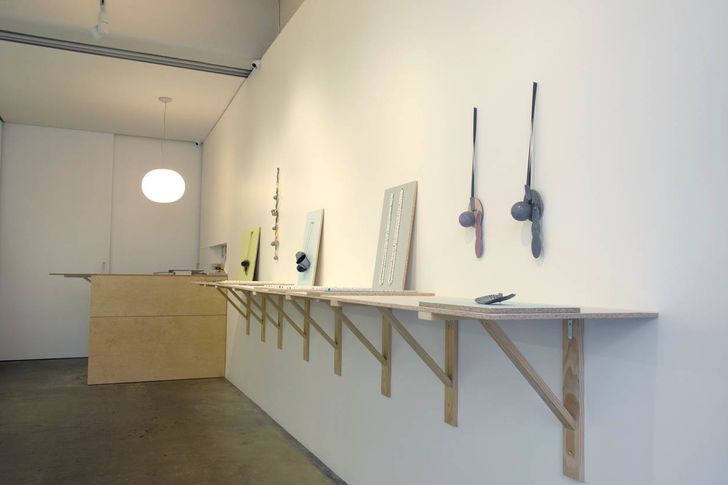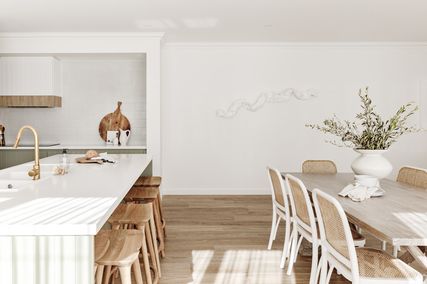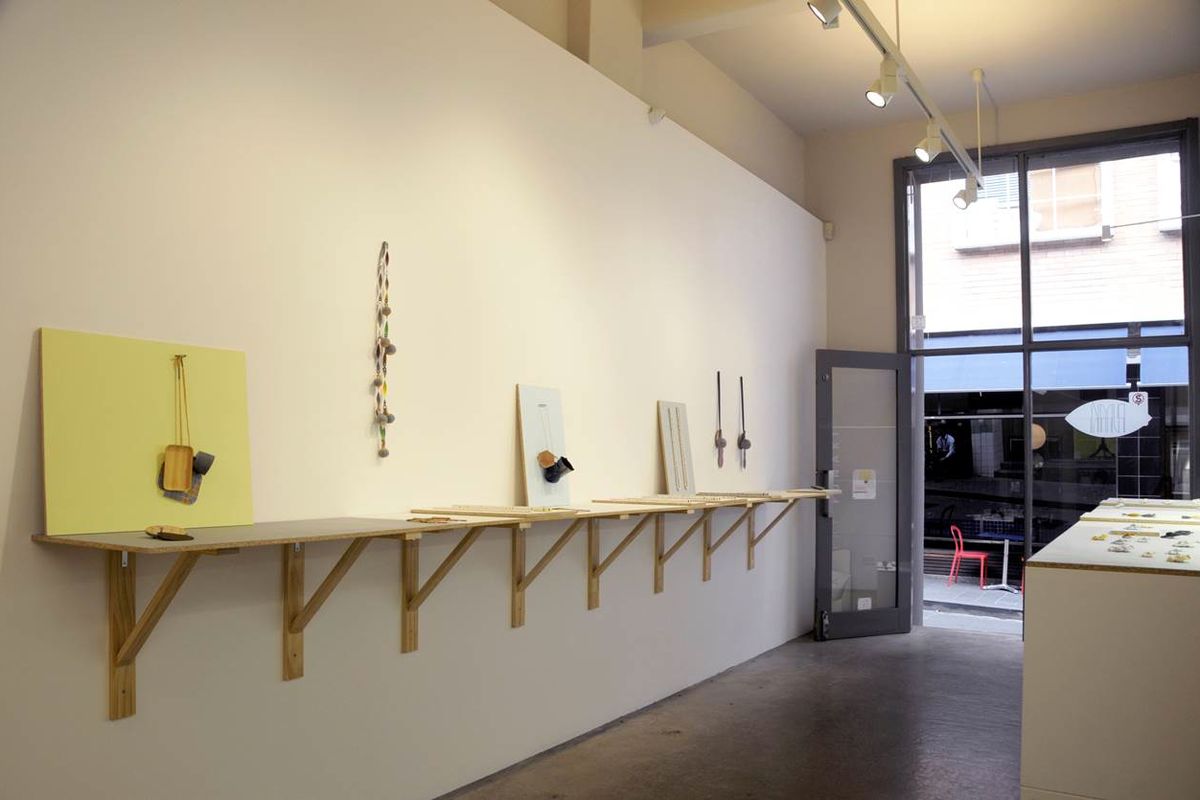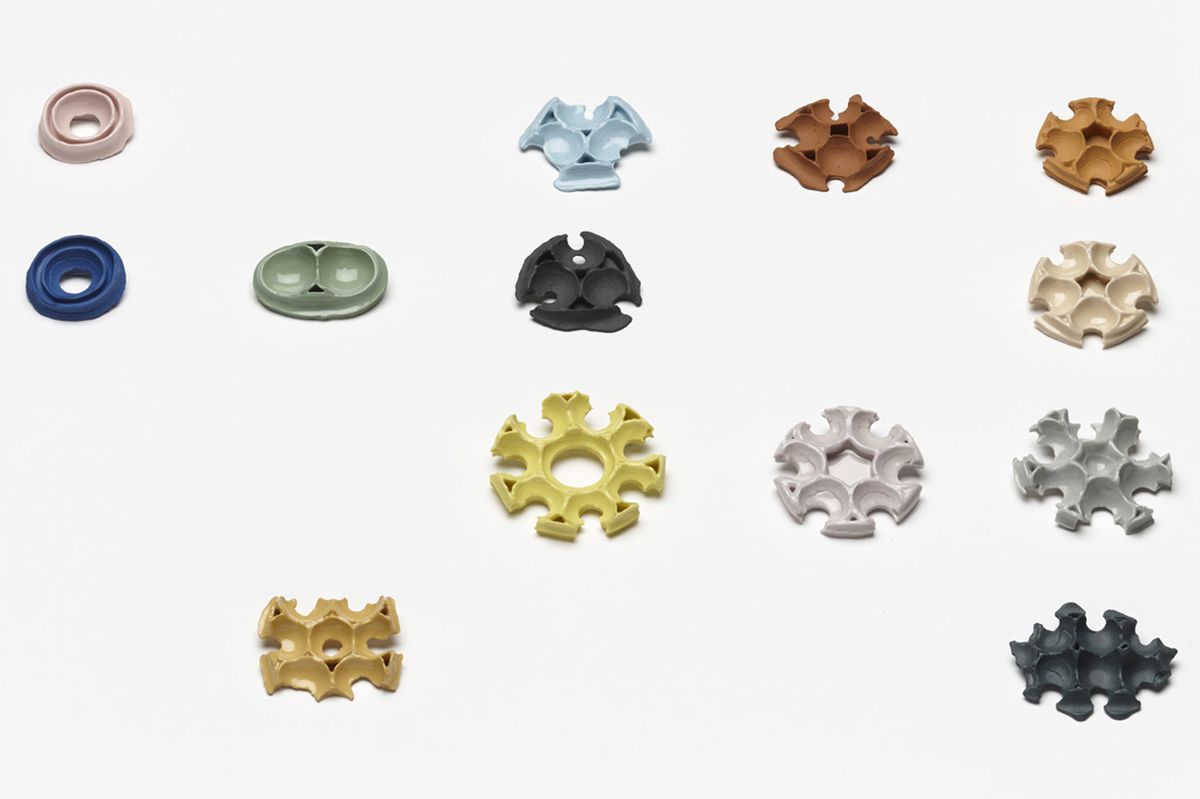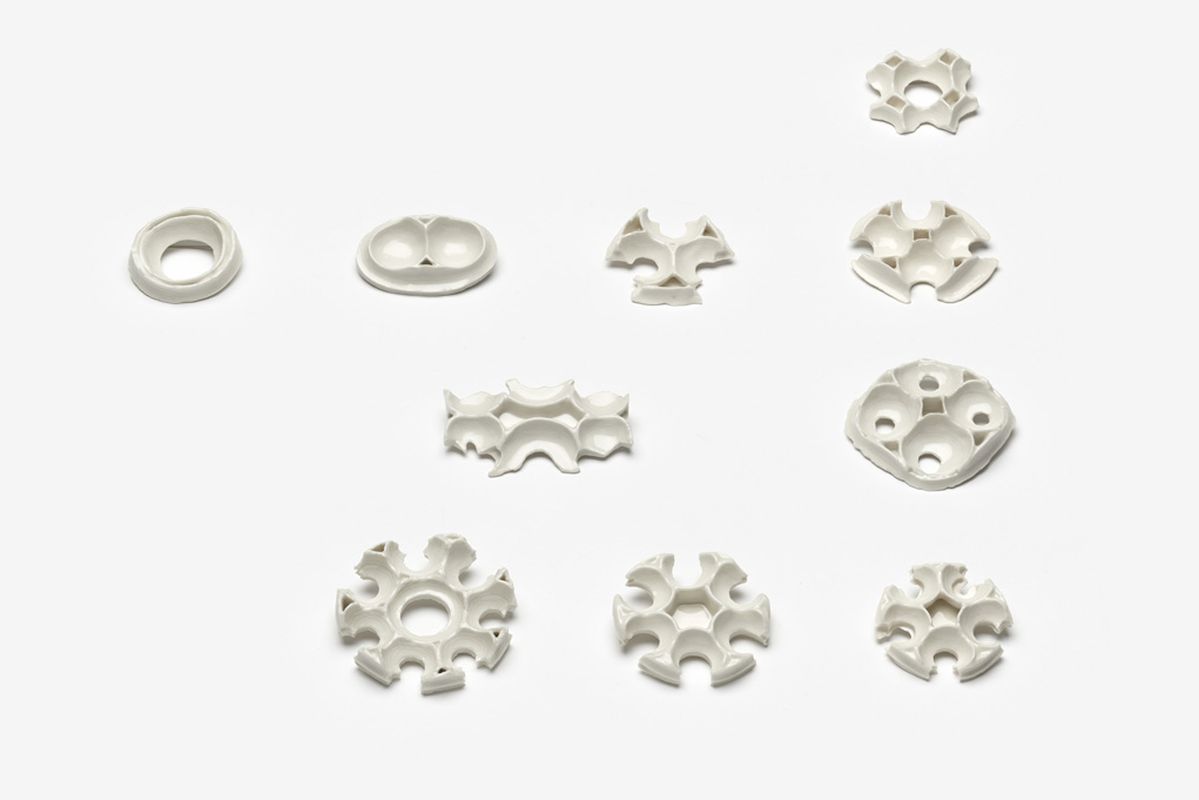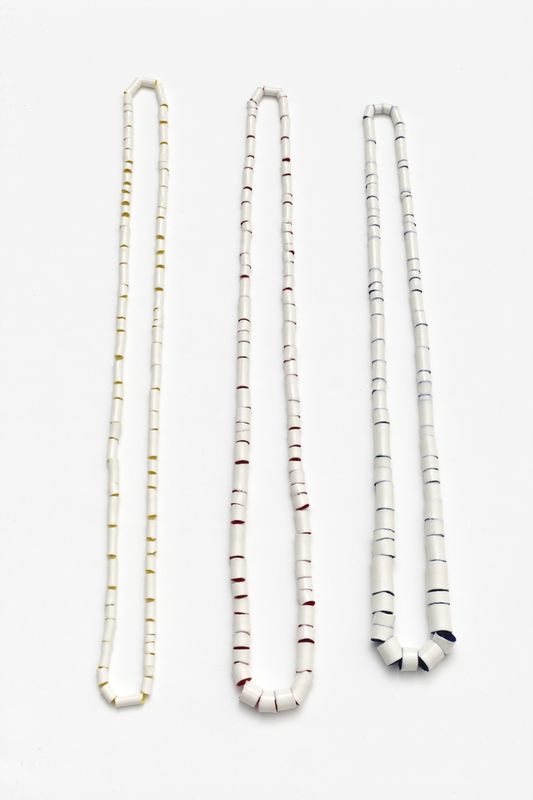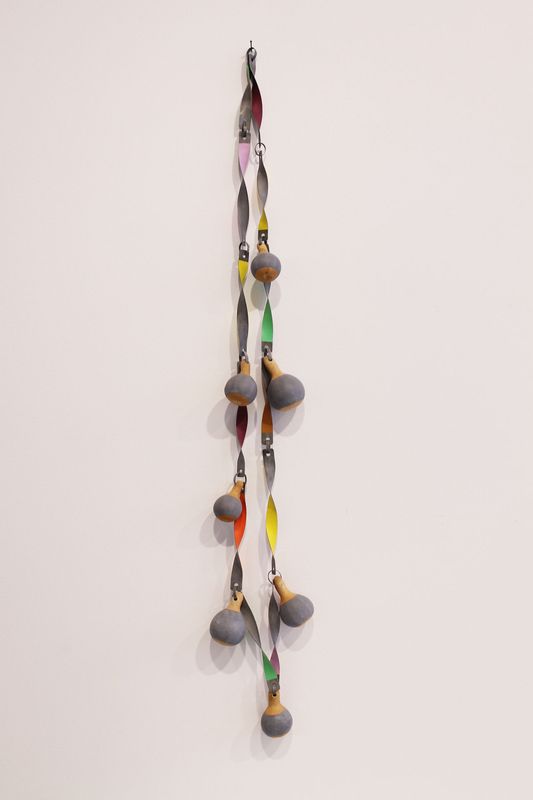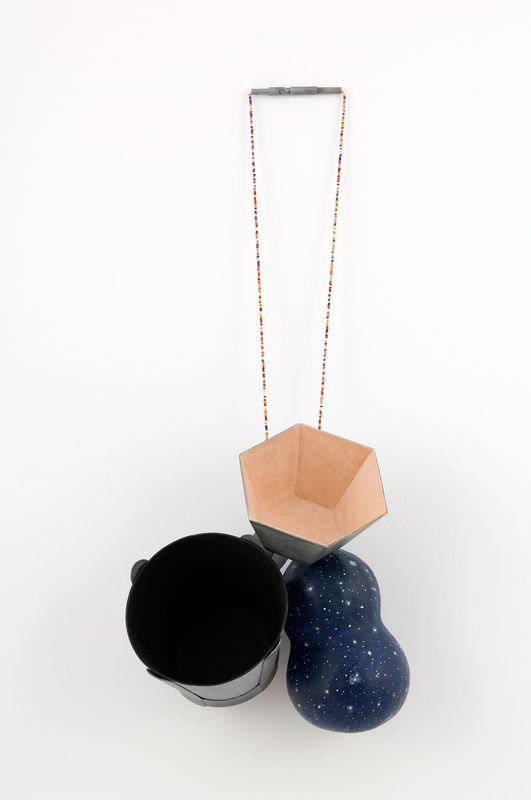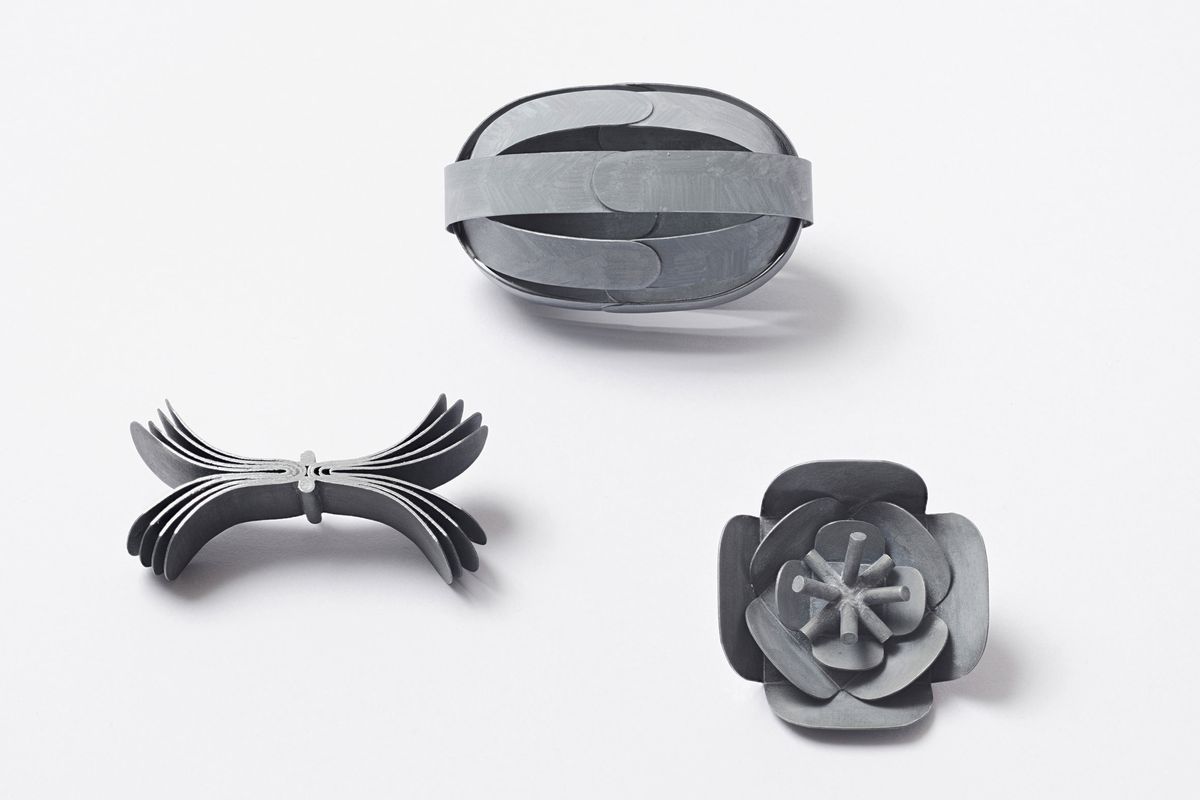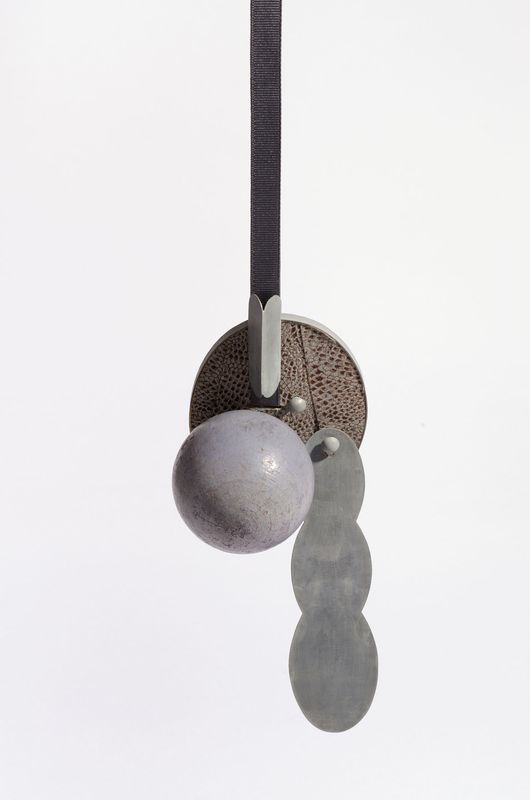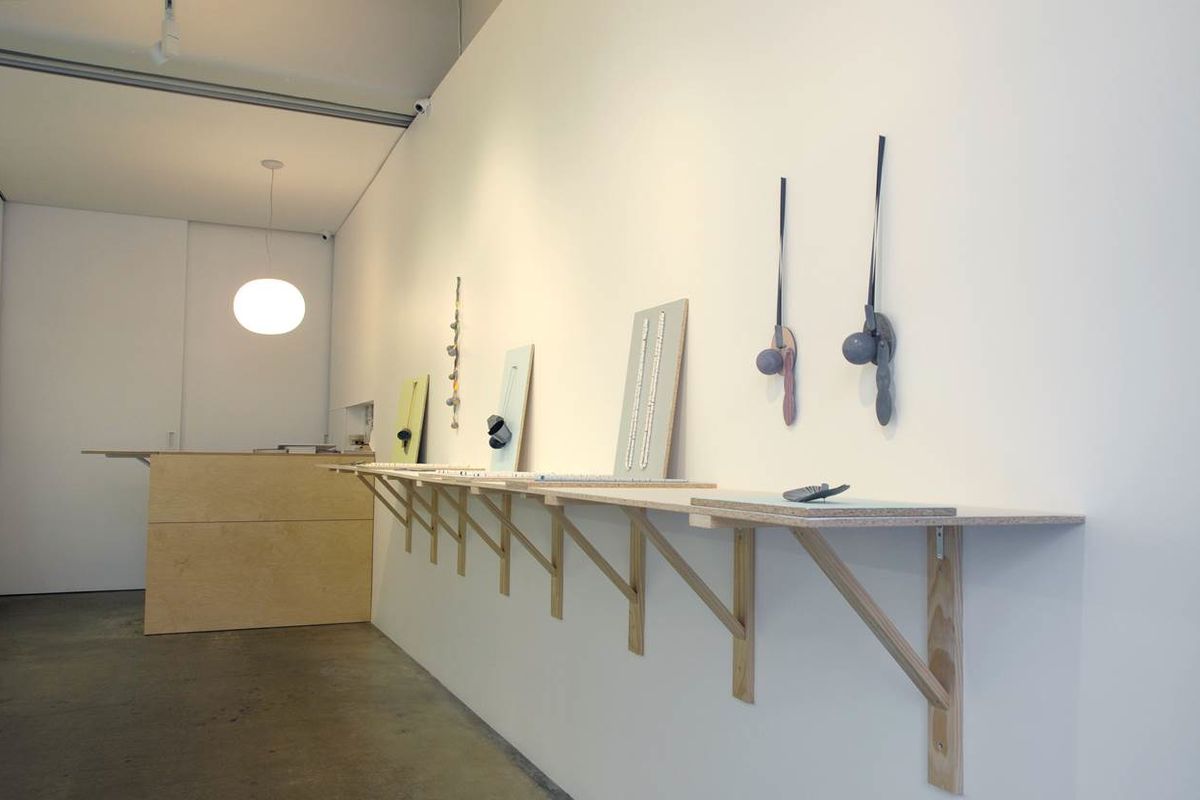Gallery Funaki’s current exhibition 2 minds 4 hands is an extraordinary visual and sensory treat by two renowned contemporary Dutch artists, one living in Amsterdam (Lucy Sarneel) and the other in Melbourne (Manon van Kouswijk). Both artists regularly show at the gallery where their work is often available to view and wear.
This show is not the fruit of a specific collaboration but rather an opportunity for each artist to shown in parallel with the other, thematic propositions do not seem to play a part but still the art of one is strangely sympathetic to the other. I can only imagine that there is a kind of ‘sisterhood’ of the mind at play which perhaps comes from each artist’s deep understanding of gold and silver smithing practice and the shared academic traditions of The Gerrit Rietveld Academie where they have both learned and taught.
Lucy Sarneel takes those traditions and develops them through her research and enquiry into cultural artefacts and natural forms, as well as through her deeply personal interpretation of them, to create objects in the form of necklaces, brooches and earrings which are simultaneously deeply personal and universal in nature.
Ornamental Residue brooch series by Manon van Kouswijk.
Image: Jeremy Dillon
Manon van Kouswijk also applies her sensitivity to the traditions inherent in her craft, doing so by forensically testing them through the employment of precise sets of rules to guide the making of each piece. In 2 Minds 4 Hands she explores the brooch type, for the first time in her career, in her Ornamental Residue series. In this new type van Kouswijk has managed to distil the sense of traditional brooch designs through her symmetric compositions without at any time resorting to the patterns, techniques and materials we associate with estate jewellery. Her work has an unmistakably contemporary aesthetic that is almost industrial all the while creating a lace-like quality in her objects (especially evident in the off-white porcelain series) which reinforces the ‘ornamental’ function of the brooch.
By contrast her Re-Verse necklace series, also in porcelain, has a totally hand-crafted quality which is no less fine. The necklaces (a type she has devoted her artistic output to till now) are a continuing exploration of the ‘bead’ for van Kouswijk and this time they are an “attempt at materialising negative space: the space between the round beads of a necklace” in her words.
While this intent is not immediately obvious (a good thing in my opinion) the intense colour treatment she gives each bead to ‘highlight’ the voids has very successfully created a mysterious interstitial point where the matching coloured silk cord connects each bead. Due to the porcelain’s translucency the intensity of the colours on the inside surfaces bleeds out forming a delicate edge to each bead. Looking at the Re-Verse series is like observing a drop of blood in snow; the icy quality of one material broken by the intense quality of the other.
Both ways, Grey Beady, Starflower by Lucy Sarneel.
Image: Rob Bohle
Lucy Sarneel brings another kind of intensity to her work; her art is spiritual as well as fun and light-hearted. In this show she makes use of many materials; her ‘signature’ zinc, plus wood, bamboo, plastic, laminate, paint and even calabash, a bottle shaped gourd that was once cultivated primarily as water a container, as well as cords and ribbons made of various materials including glass beads, synthetic raffia and polyester.
Sarneel employs her exotic mix to simultaneously convey personal and universal meanings creating work that ‘bears rich imaginative power and an aura all its own, as well as a space for interpretation by its wearer” in the words of Jelle Kampen who has written for Sarneel’s Soulmates show catalogue.
The artist has explored the rich ground of traditions she understands deeply and has transformed their familiar resonances into a highly nuanced vocabulary of forms, materials and colours. It’s difficult to explain how the traditional and the modernity in her work are able to occupy the same space, but they do, forming a perfectly still and powerful object emitting an effect akin to that of a talisman’s.
2 minds 4 hands at Gallery Funaki; Juggler’s Moment I by Lucy Sarneel in forground.
Image: Meredith Turnbull
But there is one more thing that caught me completely by surprise about the work. Upon visiting the gallery I commented that the two most recently completed pieces seemed to me more static than the others at which point Katie Scott, Funaki’s director, took down Juggler’s Moment I from the wall and put it on to show what transformative power the body has on the piece (and vice versa of course). The juggler becomes alive and at once I understand the meaning of giving this elegant composition of zinc, cardboard, paper, wood, polyester ribbon, acrylic paint and varnish its title.
Funaki is one of a handful of galleries around the world to show the work of highly accomplished contemporary artists working in the gold and silver smithing field. This is a discipline requiring extraordinary technical skills, intellectual rigour and good judgement. Lucy Sarneel and Manon van Kouswijk who are masters in the field are not to be missed.
2 minds 4 hands is on at Gallery Funaki until 8 March 2014.

